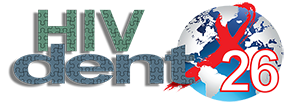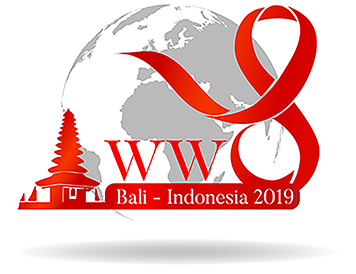Elena Khalilaeva
Department of General Dentistry, Ural State Medical University, Ekaterinburg, Russian Federation
Abstract
Objective: The aim of this study was to investigate the prevalence of oral ulcerations like necrotising ulcerative stomatitis/gingivitis and idiopathic oral ulcers in HIV-infected Russian patients and its association with highly active antiretroviral therapy (HAART).
Methods: There were 295 HIV-patients in our study, 163 of them didn't use HAART (87 men, 76 women with mean age 35.6±2.6) (Group 1) and 132 of them were using HAART (73 men, 59 women with mean age 34.2±1.7) (Group 2). Generally, in 100 HIV-patients we have examined different types of oral ulcerations. Oral examinations were undertaken having previously obtained informed consent: diagnosis was made according to physical examination, microbiological tests and exfoliative cytology.
Results: There were 49 patients (30,1%) in Group 1 who were examined with oral ulcerations (38,8% with necrotising stomatitis/gingivitis and 61,2% with idiopathic ulcers respectively). 51 HIV-patients (38,6%) in Group 2 had oral ulcerations which was significantly higher than those in Group 1. More over the necrotising stomatitis/gingivitis in Group 2 was diagnosed only in 21,6% cases (which was significantly lower than in patients of Group2) and reduction of this condition was by 17,1%. But Group 2 had 78,4% cases of idiopathic ulcers and that significantly rise the incidence of this condition by 17,2%.
Conclusion: Generally, the HIV oral ulcerations were increased on HAART due to idiopathic oral ulcers. This condition can be associated with iatrogenic causes among HIV-patients which take a high number of drugs (not only HAART itself) and maybe predisposed to allergic reactions and medication toxic interactions as well.


